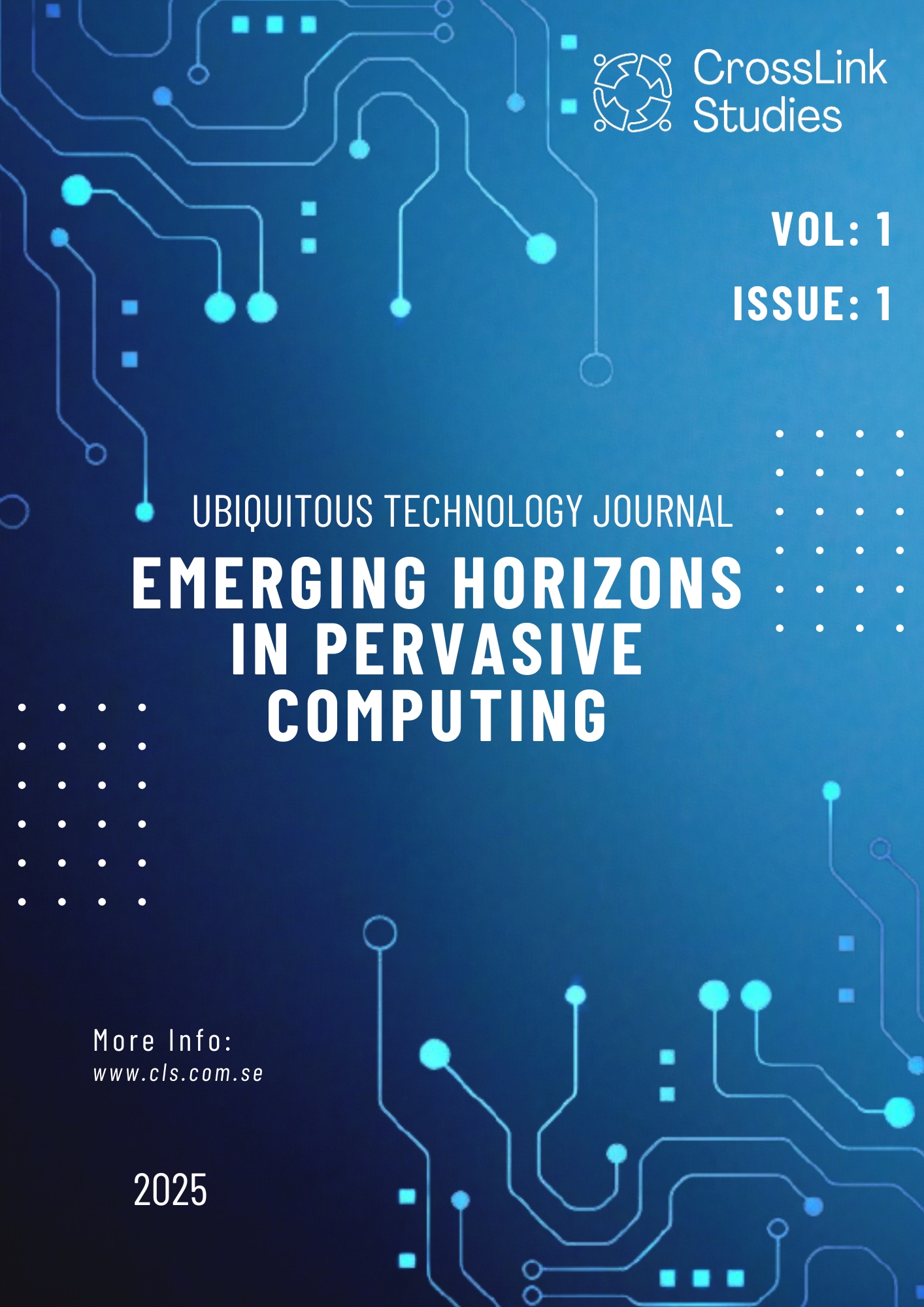Real Time Signal Decoding in Closed Loop Brain Computer Interface for Cognitive Modulation
DOI:
https://doi.org/10.71346/utj.v1i1.10Keywords:
Closed-loop Brain-Computer Interface, Cognitive Enhancement, EEG Signal Processing, Deep Learning Models, Neurofeedback Systems, Real-Time Signal Decoding, Transfer Learning in BCIAbstract
This research presents a novel closed-loop Brain-Computer Interface (BCI) system designed to enhance cognitive performance through targeted neurofeedback. The study addresses the critical challenge of decoding and modulating higher-order cognitive states such as attention, memory, and decision-making, which are often hindered by inter-subject variability and limited datasets. By integrating EEG-based signal acquisition, advanced preprocessing, feature extraction using spatial and temporal analysis, and deep learning models such as CNNs, LSTMs, and Transformers, the system achieves robust and real-time classification of cognitive states. Neurofeedback mechanisms are adapted in real-time to align with user-specific neural profiles, promoting progressive cognitive improvement. Experiments involving participants aged 18 to 50 years demonstrated a classification accuracy exceeding 92% with significant task performance gains of 18% in attention and 22% in memory retention. The findings reveal the system's efficacy in decoding complex neural patterns while maintaining adaptability across diverse populations. This work contributes to the body of knowledge by providing a scalable framework for practical cognitive enhancement applications, bridging gaps between neuroscience, machine learning, and signal processing. Future research may extend the system's capabilities to multi-modal data integration and investigate long-term neuroplasticity effects, paving the way for broader applications in education, healthcare, and human-machine interaction.
References
E. C. Gordon and A. K. Seth, "Ethical considerations for the use of brain–computer interfaces for cognitive enhancement," PLoS Biology, vol. 22, no. 10, p. e3002899, Oct. 2024, doi: 10.1371/journal.pbio.3002899.
X. Luo, "Effects of motor imagery-based brain-computer interface-controlled electrical stimulation on lower limb function in hemiplegic patients in the acute phase of stroke: a randomized controlled study," Frontiers in Neurology, vol. 15, Aug. 2024, doi: 10.3389/fneur.2024.1394424.
K. Li et al., "An electroencephalography-based brain-computer interface for emotion regulation with virtual reality neurofeedback," IEEE Transactions on Cognitive and Developmental Systems, vol. 16, no. 4, pp. 1405–1417, Aug. 2024, doi: 10.1109/tcds.2024.3357547.
B. J. King, G. J. M. Read, and P. M. Salmon, "The risks associated with the use of brain-computer interfaces: A systematic review," International Journal of Human-Computer Interaction, vol. 40, no. 2, pp. 131–148, Aug. 2022, doi: 10.1080/10447318.2022.2111041.
Z. Zhang et al., "Boosting brain-computer interface performance through cognitive training: A brain-centric approach," Journal of Information and Intelligence, Jul. 2024, doi: 10.1016/j.jiixd.2024.06.003.
E. Karikari and K. A. Koshechkin, "Review on brain-computer interface technologies in healthcare," Biophysical Reviews, vol. 15, no. 5, pp. 1351–1358, Sep. 2023, doi: 10.1007/s12551-023-01138-6.
D. Marcos-Martínez et al., "ITACA: An open-source framework for neurofeedback based on brain–computer interfaces," Computers in Biology and Medicine, vol. 160, p. 107011, May 2023, doi: 10.1016/j.compbiomed.2023.107011.
K. Barnova et al., "Implementation of artificial intelligence and machine learning-based methods in brain–computer interaction," Computers in Biology and Medicine, vol. 163, p. 107135, Jun. 2023, doi: 10.1016/j.compbiomed.2023.107135.
M. F. Mridha, S. C. Das, M. M. Kabir, A. A. Lima, Md. R. Islam, and Y. Watanobe, "Brain-computer interface: Advancement and challenges," Sensors, vol. 21, no. 17, p. 5746, Aug. 2021, doi: 10.3390/s21175746.
M. Fleury, G. Lioi, C. Barillot, and A. Lécuyer, "A survey on the use of haptic feedback for brain-computer interfaces and neurofeedback," Frontiers in Neuroscience, vol. 14, Jun. 2020, doi: 10.3389/fnins.2020.00528.
Downloads
Published
How to Cite
Issue
Section
License
Copyright (c) 2025 Naimat Ullah Khan, Hafiz Muhammad Raza ur Rehman

This work is licensed under a Creative Commons Attribution-ShareAlike 4.0 International License.
Authors retain copyright for all articles published in CrossLink Studies journals. These articles are made freely available under a Creative Commons CC BY-SA 4.0, which allows unrestricted downloading and reading by the public.





